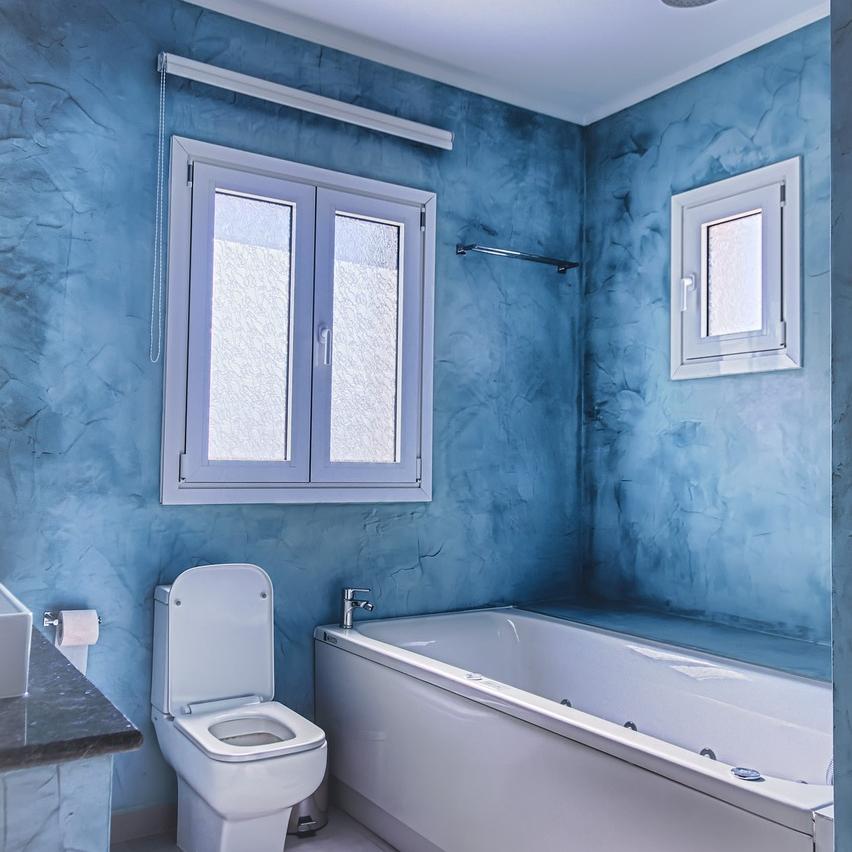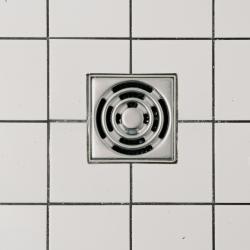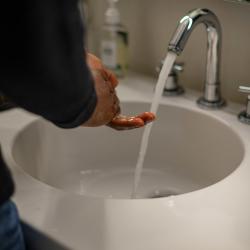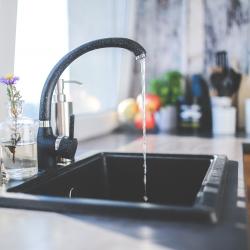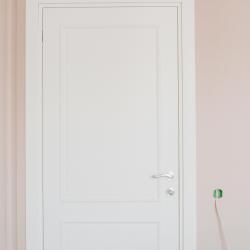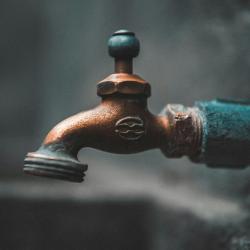How to Repair a Running Toilet: Troubleshooting Tips
A running toilet is more than just a nuisance; it can lead to water wastage and increased utility bills. Fortunately, repairing a running toilet is often a straightforward task that doesn't require professional plumbing skills. By understanding the common causes of this issue and how to address them, you can save water, reduce your bills, and prevent potential damage to your bathroom. Here are some troubleshooting tips to help you fix a running toilet.
Identify the Problem
Before you can repair your running toilet, you need to identify the underlying issue. Most problems stem from one of the following components: the flapper, fill valve, or overflow tube. Here's how you can find out what's gone wrong:
1. Inspect the Flapper
The flapper is a rubber seal that sits at the bottom of the toilet tank, controlling water flow from the tank to the bowl. If it's worn out or improperly seated, it can cause water to continuously leak into the toilet bowl.
- Check for Obstructions: Ensure that nothing is obstructing the flapper's ability to seat properly. Debris or mineral build-up can prevent a good seal.
- Test the Seal: Push down on the flapper. If the running stops, the flapper is likely the culprit. Replace it if it's worn out, cracked, or hardened.
2. Examine the Fill Valve
The fill valve controls the water level in the tank. If it's malfunctioning, it may continuously supply water.
- Adjust the Float: The float determines the water level in the tank. Adjust it so that it shuts off the water at the appropriate level—typically about an inch below the overflow tube.
- Check the Valve: If adjusting the float doesn't work, inspect the valve for any debris or corrosion that could impede its function. It might need cleaning or replacement.
3. Inspect the Overflow Tube
The overflow tube prevents the tank from overflowing by directing excess water into the bowl. If the water level is set too high, it can cause constant running.
- Ensure Proper Water Level: Check where the water level stops. It should be below the top of the overflow tube. Adjust the fill valve or float accordingly.
Tools You May Need
Before you start fixing your toilet, gather the necessary tools:
- A sponge or towel for cleanup
- Adjustable pliers
- Replacement parts (e.g., flapper, fill valve)
- A screwdriver if necessary for removing the fill valve
Steps to Repair a Running Toilet
Step 1: Turn Off the Water Supply
Before you begin any repairs, shut off the water supply to the toilet. This valve is usually located behind the toilet near the wall.
Step 2: Drain the Tank
Flush the toilet to drain as much water as possible from the tank. Use a sponge or towel to soak up any remaining water.
Step 3: Replace or Adjust Components
- Flapper: If the flapper is the issue, remove the old one by detaching its chain and unhooking it from the overflow tube. Install the new flapper according to the manufacturer's instructions.
- Fill Valve: If you're replacing the fill valve, unscrew the retaining nut at the bottom of the tank and remove the old valve. Insert the new valve and secure it with the retaining nut. Adjust the float according to the desired water level.
Step 4: Test the Repair
Turn the water supply back on and allow the tank to fill. Check whether the toilet has stopped running by observing if the water ceases to flow once the tank is full.
Step 5: Fine-Tune Adjustments
Make any necessary adjustments to the water level and ensure all components are securely in place and functioning correctly.
Conclusion
Repairing a running toilet is often a simple DIY task that can prevent excessive water wastage and save money on your water bill. By identifying the cause—be it the flapper, fill valve, or overflow tube—and making the necessary repairs or adjustments, you can restore your toilet to proper working order.
If after following these troubleshooting tips your toilet still runs, it may be time to consult a professional plumber for a more in-depth diagnosis and repair. Remember, regular maintenance can prevent many common toilet issues, so periodic checks can keep your bathroom plumbing in top shape.
